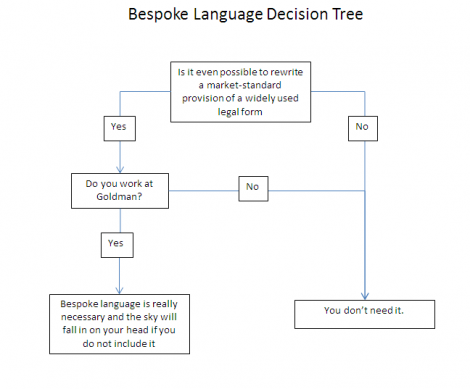Template:M summ Pledge GMSLA 9.2: Difference between revisions
Amwelladmin (talk | contribs) No edit summary |
Amwelladmin (talk | contribs) No edit summary |
||
| Line 1: | Line 1: | ||
Note the clear exclusion of indirect and [[consequential loss]]es, as well as losses to which the Transferee is contributorily [[negligent]]. <ref>If you are thinking I just made up the [[adjective]] “contributorily”, and were about to conclude I’m maybe a bit ''[[reckless]]'' you might be interested to know it is actually a [https://en.wiktionary.org/wiki/contributorily word].</ref> | [[9.3 - Pledge GMSLA Provision|Note]] the clear exclusion of indirect and [[consequential loss]]es, as well as losses to which the Transferee is contributorily [[negligent]]. <ref>If you are thinking I just made up the [[adjective]] “contributorily”, and were about to conclude I’m maybe a bit ''[[reckless]]'' you might be interested to know it is actually a [https://en.wiktionary.org/wiki/contributorily word].</ref> | ||
===Default interest=== | ===Default interest=== | ||
Revision as of 10:19, 6 January 2022
Note the clear exclusion of indirect and consequential losses, as well as losses to which the Transferee is contributorily negligent. [1]
Default interest
Are references here to interest to, like default interest under Clause 11.7? And if so are we in a world of LIBOR remediation?
Well, this old fellow’s opinion is no. Clause 11.7 of the 2018 Pledge GMSLA is specific to costs following actual close out on an Event of Default (a Buy-in isn’t an Event of Default), and only on professional expenses. The vibe here is you reimburse me my actual costs. So, the actual interest cost I incurred in funding the securities I bought in, rather than some abstract derivative notion of my costs represented by a benchmark.
Replacement costs and ISDA hedging language
Does it make sense to replace this clause with some convoluted shtick about the costs of Replacement Transactions or otherwise hedging the innocent party’s exposure? To determine follow this flow chart:
